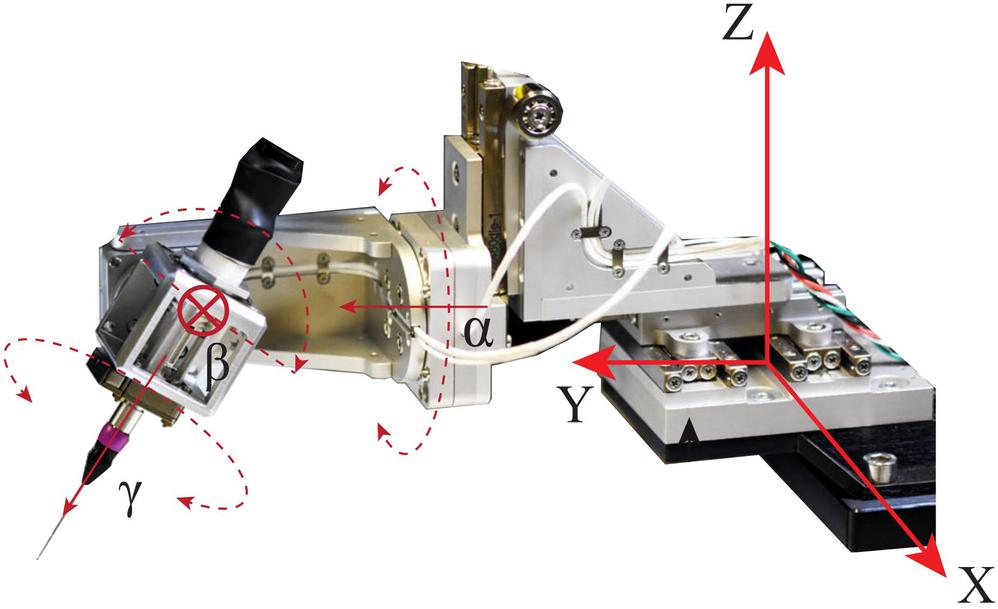Address: No. 92, Xidazhi Street, Nangang District, Harbin



JOIN-USHIT sincerely invite talents from both home and aproad to join in the new course of constructing first-class universities. |
A research team led by Professor Huijun Gao from the School of Astronautics at the Harbin Institute of Technology (HIT) has published a comprehensive review titled “The Physics of micro- and nano-manipulation: Fundamentals and applications” in Physics Reports, a prestigious journal known for featuring in-depth reviews by global experts in physics and interdisciplinary fields. The paper, which spans the fundamental principles, key technologies, advanced instruments, and biomedical applications of micro/nano-manipulation, provides a visionary roadmap for the field’s future.
Microscopes have long been pivotal in scientific discovery, enabling exploration of the microscopic world. As biomedical research advances, the demand for precise manipulation of biological entities—from millimeter-scale model organisms to nanometer-scale DNA—has grown exponentially. These micro/nano-scale targets, characterized by high-dimensional states, autonomous motion, and mechanical fragility, pose significant challenges for existing manipulation systems. Addressing these limitations requires interdisciplinary convergence of physics, control theory, materials science, and biology to achieve breakthroughs in sensing, actuation, and intelligent control.
Professor Gao’s team systematically outlines the architecture of micro/nano-manipulation systems, focusing on:
1. State sensing technologies tailored to biological targets at millimeter (e.g., model organisms), micron (e.g., cells), and nanometer (e.g., DNA) scales.
2. Intelligent decision-making frameworks leveraging artificial intelligence (AI) and brain organoid models.
3. Multi-physical field-driven actuation methods using magnetic fields, acoustic waves, optical traps, electric fields, and fluidics, as well as multi-degree-of-freedom precision motion platforms.

Figure 1. The underlying principles and architectures of robotic systems.

Figure 2. Robotic micromanipulators
The review delves into the physics behind cutting-edge technologies such as magnetic tweezers, acoustic holography, and optogenetics, while highlighting applications of advanced instruments like optical tweezers in biomedical research and clinical translation. It also addresses challenges in standardization, intelligent automation, and commercialization, proposing strategies to bridge the gap between theoretical innovation and real-world deployment.
This work not only synthesizes decades of progress but also sets an agenda for next-generation systems that could revolutionize drug development, single-cell analysis, and nanoscale biomedical engineering.
Paper link:
https://www.sciencedirect.com/science/article/abs/pii/S0370157324003004